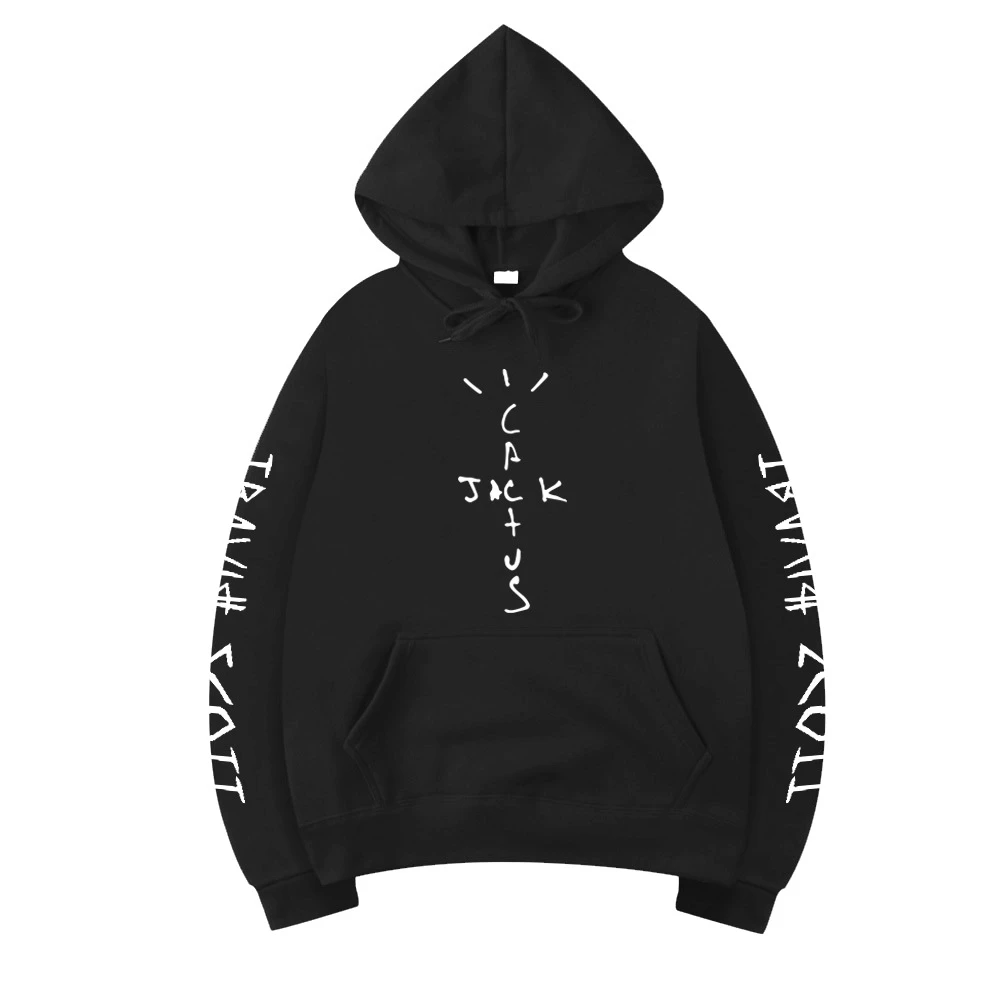Denim Tears is more than just a streetwear label. It is a cultural statement, a bold exploration of Black identity, and a platform for historical storytelling through fashion. Founded by Tremaine Emory in 2019, Denim Tears was born out of a desire to challenge the conventional boundaries of streetwear and reframe it as a tool of protest and remembrance. Each Denim Tears piece carries a deeper meaning, often referencing the African diaspora, slavery, and the enduring impact of systemic oppression. The brand doesn’t merely dress its wearers—it educates, provokes thought, and empowers. Every creation is deliberate, artistically nuanced, and historically grounded, positioning Denim Tears as one of the most culturally significant fashion labels in modern streetwear.
The Origins of Denim Tears and Its Cultural Foundations
Tremaine Emory, also known as “Denim Tears,” created the brand after years of working behind the scenes in the fashion industry with icons like Kanye West, Frank Ocean, and Virgil Abloh. His vision was not to simply make stylish clothing, but to use apparel as a canvas to convey stories that are often erased or overlooked. Denim Tears launched with a powerful debut collection that commemorated the 400th anniversary of the transatlantic slave trade, immediately setting the tone for its future work. The message was clear: this wasn’t just about clothes; this was about history, resistance, and memory.
Denim Tears builds its identity on the cultural roots of African Americans, drawing inspiration from their struggles, resilience, and creative expressions. The brand’s pieces—ranging from denim jeans to sweatshirts and cotton wreath motifs—are intricately connected to the broader historical narrative of Black people in America. Emory’s work deliberately reconnects the present to the past, using fashion as a storytelling device to confront uncomfortable truths and inspire change.
Artistry Woven with History
At the core of Denim Tears’ creations is a seamless fusion of art and history. Emory views every garment as a medium through which historical documentation can occur. The use of cotton, for example, is one of the brand’s most symbolic elements. Cotton, a fabric so common in fashion, holds a dark past tied to slavery in the American South. Denim Tears’ cotton wreath motif is not just decorative—it serves as a direct commentary on that history, reminding people of the blood, sweat, and trauma woven into the cotton industry’s legacy.
Denim Tears also references African textiles, Southern Black church aesthetics, and music culture. These cultural markers are not random design choices—they are chosen for their historical significance and emotional weight. The floral imagery, distressed denim, and embroidery found on various pieces mirror the blending of pain and beauty, suffering and strength, tradition and rebellion. Each detail is a statement, drawing attention to the deep cultural wealth that has been passed down through generations despite centuries of oppression.
Streetwear as Political Dialogue
One of the most striking aspects of Denim Tears is its use of streetwear as a vehicle for political expression. Where many brands stay neutral for commercial safety, Denim Tears leans into controversy, challenging the systems that shape society. Emory’s designs speak on mass incarceration, cultural erasure, and the commodification of Black culture by mainstream fashion. The garments themselves become tools of protest—silent but powerful.
Wearing Denim Tears is an act of solidarity. It signifies awareness and a willingness to engage in uncomfortable conversations. The brand does not simply offer clothing; it offers perspective. It bridges fashion and activism, bringing awareness to generations of struggle while also celebrating the beauty and resilience of Black identity. For Emory, fashion is not frivolous. It is political. It is educational. It is necessary.
Collaborations that Expand the Narrative
Denim Tears has collaborated with several major brands, including Levi’s, Converse, and Dior. These partnerships have brought even more visibility to Emory’s message, allowing him to inject historical context into widely recognized commercial products. The Levi’s collaboration, for instance, featured jeans and jackets adorned with the cotton wreath, once again using denim—a staple of American fashion—as a platform for storytelling. These pieces were not just limited edition items; they were artifacts of cultural commentary.
The Converse collaboration introduced sneakers covered in floral and cotton motifs, transforming everyday footwear into walking statements of history and identity. Emory has repeatedly stated that he views these collaborations not as commercial opportunities, but as cultural interventions. They serve as a way to reach wider audiences and place powerful historical messages into global conversations.
Denim Tears as an Educational Experience
Every collection is thoughtfully curated to educate as much as it is to inspire. Emory frequently references books, historical events, cultural figures, and political ideologies in his work. The brand’s Instagram page and product descriptions often read like history lessons, pointing followers to resources they might never have encountered otherwise. Through this educational approach, Denim Tears doesn’t just clothe bodies—it opens minds.
The brand also actively engages in discussions about reparations, colonialism, and modern-day racism. Emory invites his audience to think critically about the implications of the past on present systems. By turning clothing into a vehicle for consciousness, Denim Tears fosters a community that values awareness, empathy, and truth. It’s fashion, yes—but with an academic and activist edge.
The Emotional Impact of Wearing Denim Tears
For many who wear Denim Tears, the emotional connection runs deep. It’s not just about liking the aesthetic—it’s about aligning with a purpose. Putting on a Denim Tears piece is a nod to the ancestors, a tribute to the voices that have been silenced, and an acknowledgment of a painful yet powerful legacy. This emotional layer is what separates Denim Tears from other fashion brands. It resonates with people not just on a visual level but on a personal, historical, and even spiritual one.
It’s also about pride—pride in identity, pride in resistance, and pride in creative expression. Emory has crafted a brand that doesn’t just cater to trends but offers something timeless: cultural truth wrapped in artistic brilliance.
The Future of Denim Tears
As Denim Tears continues to grow, its mission remains clear and unwavering. Tremaine Emory has no interest in watering down his message for Denim Tears Hoodie the sake of profit or mass appeal. Instead, he seeks to deepen the conversation, using the platform he’s built to challenge the status quo and elevate stories that need to be heard.
The future of the brand lies in expanding its cultural reach, developing more educational initiatives, and creating spaces—both physical and digital—where fashion and history can coexist. Emory’s work proves that fashion can be more than a luxury or a lifestyle. It can be a catalyst for social change, a tool of resistance, and a celebration of identity.
Denim Tears stands at the intersection of art, history, and fashion. Each piece is a testament to the power of storytelling, the importance of remembering, and the beauty of cultural expression. In a world that often tries to forget or ignore the past, Denim Tears insists on remembering—stylishly, powerfully, and unapologetically.





